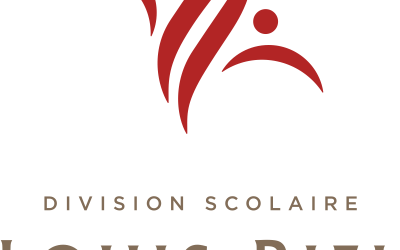Introduction
Across Canada, when students, parents and the public try to examine how well their school, or their child’s school, or their community’s school is performing, they are often not given information on how their province is doing or how the local school district is faring. This happens despite the fact students are educated in schools, and not in school boards, and that it is the performance of individual schools that is most relevant to the day-to-day education of our children. It is to the specific school that a parent entrusts a child and it is the performance of that school about which that student, that parent, and the public should be most well informed.
Releasing information on high schools at the school level means that poorly-performing schools do not get to hide behind strong board results. At the same time, high-performing schools don’t see their performance misrepresented by poorly performing school boards – and people in those schools’ communities can celebrate that success, build upon it, and show others the way.
School systems, including ministries and departments of education and school districts, don’t always see it that way. Often, they simply say “we’re the experts, we’ve got the info we need, and that’s enough.” However, that contradicts research that finds simply making school level (not board, division, or provincial level information) available, makes schools perform better.
The Organization for Economic Cooperation and Development (OECD) report on the 2006 Programme of International Student Assessment (PISA) makes the case for releasing results publicly on a school by school basis quite nicely. OECD’s analysis found that making performance results public at the school level brought about improved performance in those schools. Further, the impact of the performance improvement was still significant when demographic and socio-economic factors were taken into consideration. Put simply, making achievement data public at the school level results in improved performance.
Openly distributing all of the information available within the public school system ensures that no one has to accept a “just trust us, we’re the experts” response as a sufficient indicator of performance from a public institution. Nor should they have to.
With that in mind, this report looks at one way of getting good information on schools out in the open. The Atlantic Institute for Market Studies is currently working on its Eighth Annual Report Card on Atlantic Canadian High Schools. In cooperation with the Frontier Centre for Public Policy, we’ve now taken our “show on the road” and examine what a report card would look like for the Western provinces. This interim report will examine the information that’s currently available, what that information looks like, and how it would be used in developing a report card for Western Canadian high schools.

